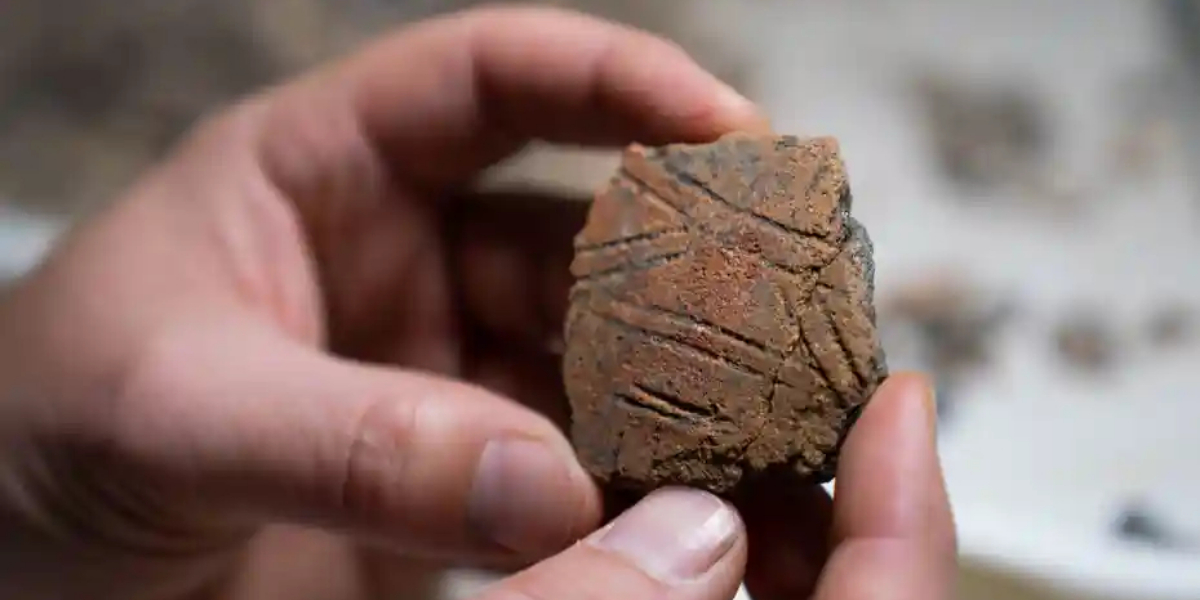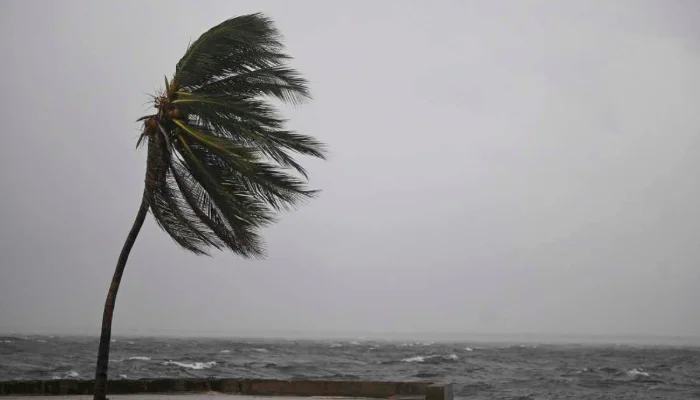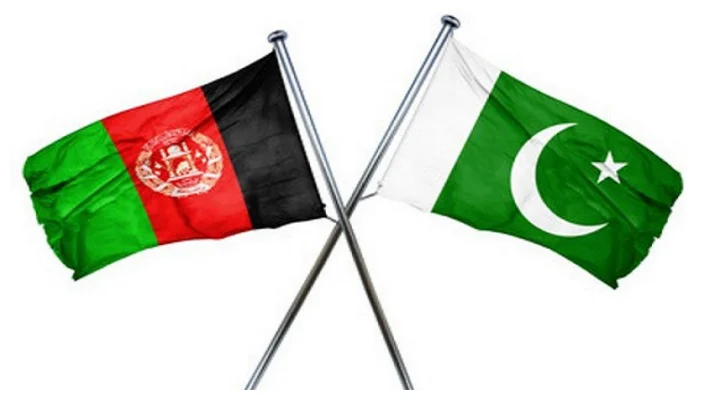Pacific migration is one of the most important migrations in human history. Archaeologists think a discovery on a tiny island in Papua New Guinea might explain the journey east three millennia ago.
The discovery of animal bones and tools on Brooker Island, 200km east of Papua New Guinea, implies that Lapita people migrated considerably more widely than previously imagined.
The Lapita, an east Asian origin group, were the first people to settle on Remote Oceania, which includes Tonga, Samoa, and Vanuatu.
Between 3,100 to 3,350 years ago, they moved from Southeast Asia through the Bismarck archipelago off the north-eastern coast of New Guinea.
Austronesian languages and ceramics are known to have been brought to New Guinea by Lapita-linked populations.
Archaeologists think they have discovered the oldest evidence of Lapita-introduced animals and obsidian (volcanic glass) in southern New Guinea. The discoveries are estimated to be 3,060-3,480 years old.
The finding was made by Dr Ben Shaw of the Australian National University, the study’s primary author.
“There were other changes to social arrangements on the island at that time,” Shaw added.
Especially in this section of Novel Guinea, this is a new signature in archaeology. “[Lapita] didn’t remain here, thus attempts were made to migrate eastward, resulting in the invasion of uninhabited Pacific islands like Vanuatu and Tonga and Samoa.”
Interaction with Indigenous groups influenced island-hopping methods that resulted in the early peopling of Remote Oceania, say the researchers.
In their words, “earlier frontier encounters with Indigenous people presumably aided later Lapita dispersals into southern New Guinea, maybe over the Torres Strait Islands, and down the east coast of Australia.”
On Brooker Island, the researchers discovered evidence of Lapita introducing pigs and dogs, as well as changes in behaviour such as the usage of turtle shells for tools and focused gathering of marine species.
The researchers concluded that despite language loss, Indigenous cultural influences contributed to cultural diversity in the area.
Shaw says Austronesian languages, brought by Lapita people, are spoken on most Papua New Guinean islands.
However, despite the lengthy history of Indigenous habitation and the archaeology indicating continuous cultural impact, “there was a total shift from the Indigenous languages spoken there to the ones presently spoken,” he added.


















